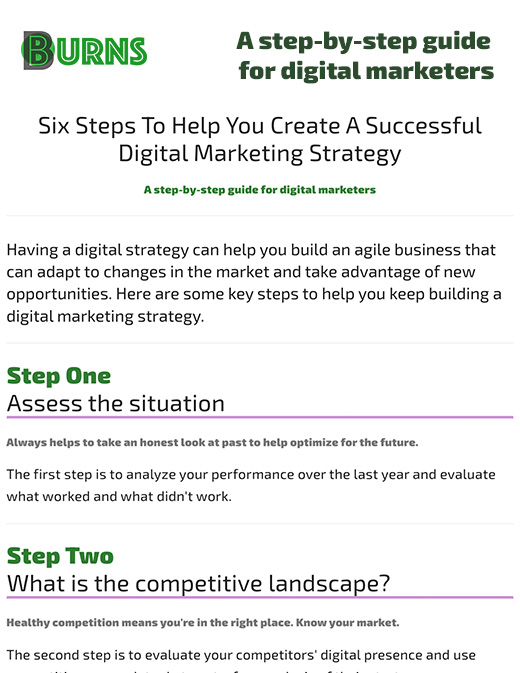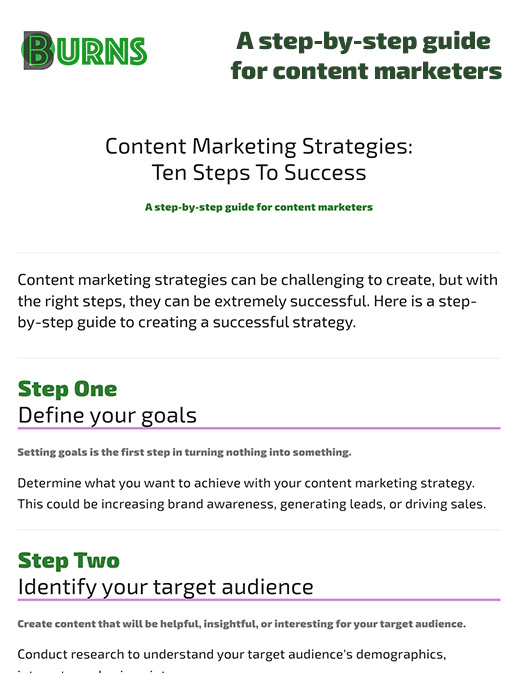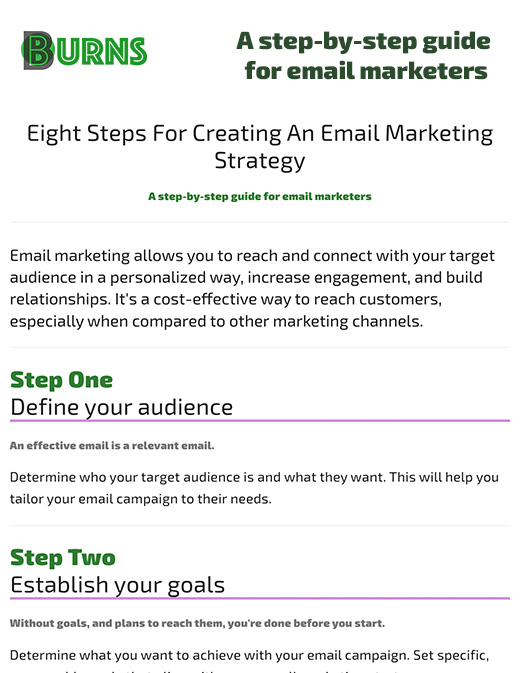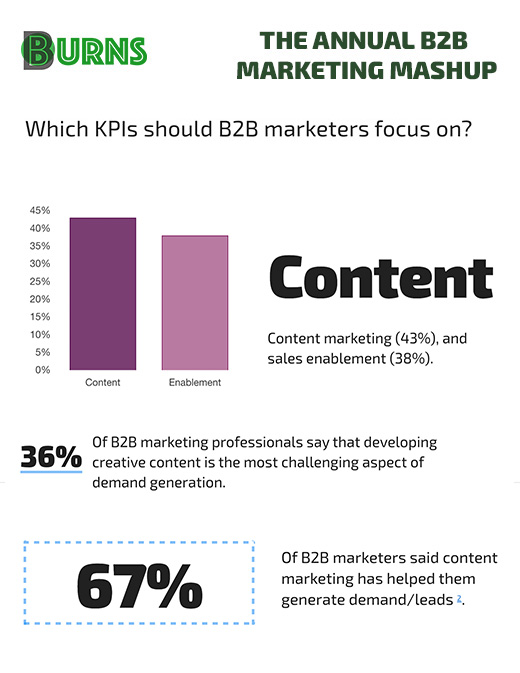Develop a data-driven strategy for optimizing performance marketing
Josh BurnsDate: May 3, 2023 | Time: 2 min to read
Here we will explore how performance marketing can help us achieve our goals. Performance marketing focuses on paying for specific outcomes, such as clicks, leads, or sales. It is a specific marketing strategy that focuses on return on investment (ROI) above all other metrics. Digital marketing is a broad term that encompasses a range of marketing activities, including search engine optimization (SEO), social media marketing, email marketing, and content marketing. While performance marketing may involve paid advertising, not all paid advertising is performance marketing.
Understanding your data leads to better results
To optimize performance marketing, it is important to build a data-driven strategy that allows us to predict and optimize outcomes. This involves using analytics to gain insights into customer motivations, interests, and behaviors. In addition to reaching new markets, monitoring performance, and pivoting as needed, this data can benefit your business more and more. For a data-driven strategy to be effective, we need to transform our organization in a way that makes data and models more meaningful. The right technology architecture and capabilities must be deployed to make this possible, as well as a clear strategy for how to use analytics and data to compete.
What are some examples of data-driven marketing strategies?
Let's review some strategies we can use today to drive better performance.
- Predictive analytics: Using data and analytics to predict customer behavior and preferences, and adjust marketing strategies accordingly.
- Customer segmentation: Dividing customers into different segments based on their behavior, preferences, and demographics, and targeting them with specific marketing messages and offers.
- A/B testing: Testing different marketing messages, offers, and channels to determine which ones are most effective.
- Personalization: Using customer data to personalize marketing messages and offers.
- Marketing automation: Using data and analytics to automate marketing processes, such as email campaigns, social media posts, and targeted advertising.
How do we measure success?
To measure the success of a data-driven marketing campaign, it is important to establish key performance metrics (KPIs) that align with our campaign goals. These KPIs can often include metrics like website traffic, click-through rates, conversion rates, customer acquisition costs, customer lifetime value, and so on. By tracking these metrics over time, we can determine whether our campaign is achieving its goals and also make adjustments to our strategy accordingly. It is important to use data analytics tools to gain meaningful insights into customer behavior and preferences.
Closing thoughts
The key to a cost-effective marketing strategy is to understand our target audience, set clear goals, and use data and analytics to optimize our marketing efforts over time.
By taking a data-driven approach to marketing, we can make more informed decisions, improve our marketing performance, and gain a competitive advantage.
Some great resources for performance marketers:
- Hostinger: A guide to performance marketing, including an overview of the concept, workflow, and benefits of performance advertising.
- Adobe: Definitive Guide to Performance Marketing: Adobe offers a comprehensive guide to performance marketing, including an overview of the concept, how it works, and best practices for implementing a successful campaign.
- CAKE: Performance marketing software, solutions for affiliate marketing, lead generation and multichannel marketing.
Resources



